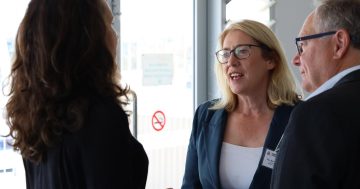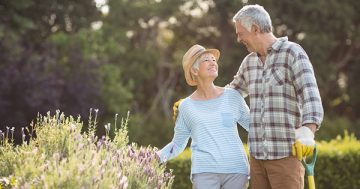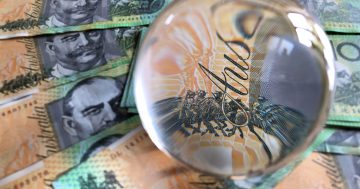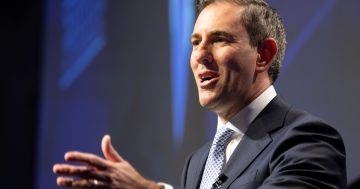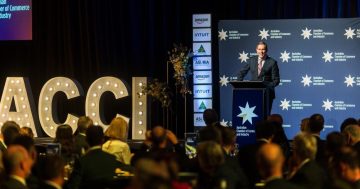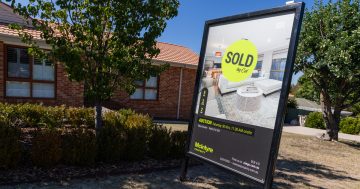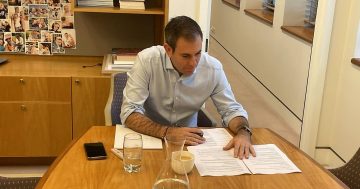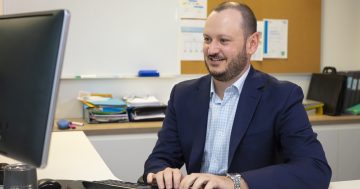Stewart Hawkins* says new performance parameters means it’s time for super funds to rethink their portfolios.
 Mark Rider came to Christian Super from a background in mainstream banks.
Mark Rider came to Christian Super from a background in mainstream banks.
And now, a year into his job as CIO he’s working on adjusting the risk profile of the fund in the light of new performance tests and a shifting economic landscape.
“The performance of the fund, probably over the medium term, has been below expectations versus the heat map, or the proposed APRA performance test, where we’re outside of that 50 basis points of underperformance,” he said.
“So the key thing for me has been to look at where have those issues been on performance and try to identify the changes which are needed.”
Things have been happening for a while in terms of performance improvement at the fund, Rider maintained, but historically, he said, the fund was managed with more of a defensive bias to the portfolio construction.
“One of the things about the fund, and this all predates me coming on board, was that the fund was focused very much on the CPI-plus objective and it had much more of an absolute return focus,” he said.
“One of the key things behind [this] was that the fund was set up… not really with a very close focus on peers and not with the type of reference portfolio which the APRA heat maps and the performance tests are about.
That’s brought out a very significant change in the way that the fund thinks about portfolio construction, how it thinks about some risk in the portfolio.”
Rider said he was probably eight months into the job by the time he’d seen the first things about the APRA heat maps and then there was the Your Future, Your Super legislation, which was passed by Parliament last week, two things he felt really focused attention on having to consider the structure of the portfolio.
“It probably did need to have it, it did need to have changes,” he said.
“Basically, it had been run to being conservative on underweight growth and also the managers had, in some cases, a more conservative approach to investing and there was a focus particularly on the downside.
“I think when you do that, what can happen is that the portfolio can end up not running the level of risk it needs… and therefore it probably really wasn’t running the level of risk for a number of years that its peers were.”
Challenging times
For Rider one of the key challenges at the moment is the extraordinary economic and financial markets we’re in where we’re seeing significant changes for the first time for many decades in the way that monetary and fiscal policy is being conducted.
“That’s going to have significant impacts on inflation and interest rates,” he said.
“The past 20, 30 years with declining interest rates has been positive for asset markets in general… [but] the period ahead is where I think the risks are rising of inflation moving higher [and] higher inflation makes life difficult to actually generate real returns if history is any guide.
“I think the next decade is going to be a challenging period for superannuation investors.”
Finding the defence-performance balance
Part of the problem with rebalancing the portfolio was finding the right mix of defence assets given the fact fixed income yields have been under extraordinary pressure in recent years.
Rider maintained FI was a “really tough” area of defence saying the issue is that for the past 20-odd years, you could have the best of both worlds, you could get defensiveness from bonds and you could get income as well.
“What you’re getting now, is you’re not getting anywhere near as much defensiveness and you’re not getting much of the income from that either,” he said.
“It’s an area we’re really having a good look at and it’s not an area where we’ve settled on the line up, we’re in the middle of a review on it.
From an income perspective we do have areas where we’re looking at sort of non-investment grade debt, so they’re in private debt.
But one area probably, which is a bit a bit different in our portfolio, is we do have a defensive impact portfolio.”
He said with the impact portfolio, the fund was looking to generate “appropriate” returns but doing it with investments that are having positive impacts in society, whether it be through social impact bonds or lending for renewable energy projects.
“We’re getting the income in part because we’re generally getting a spread over bills. But you’re not getting the benefit there from any defensiveness from the duration, which you traditionally got on bonds, but nevertheless, these assets are significantly less volatile and quite uncorrelated in a general sense to most asset classes.
What we find is we’re getting an income and while not purely defensive, it is providing diversification in the portfolio,” he said.
Small can be beautiful
Christian Super has close to $2 billion in assets under management placing it among the smaller funds in the Australian super landscape.
But, while acknowledging a desire for growth, Rider maintained this could be seen as an advantage.
“What [being relatively small] enables is to differentiate your approach, so in our case we’re a non-denominational Christian fund.
We invest on a responsible, ethical-impact basis in line with the beliefs that our members have,” he said.
He admitted the bigger funds clearly had scale advantages but said the smaller ones could be more focused and nimble in terms of implementation of strategy.
Organic growth
One the fund’s strengths according to Rider was that Christian Super has had strong, sustained organic membership growth for many years.
“In the past 12 months, our membership grew by three and a half per cent. That comes on the back of figures around that level for a number of years now,” he said.
“We’ve got 30,000 members, but those out there who identify as Christians, and who regularly to engage and attend church is in the millions. So there’s a large potential market out there from that perspective.
One of the unusual things about Christian Super is we’re an industry fund but around half of our members are choice members, they don’t get defaulted in by their employer.”
*Stewart Hawkins is a financial journalist, editor and TV producer.
This article first appeared at investmentmagazine.com.au.


